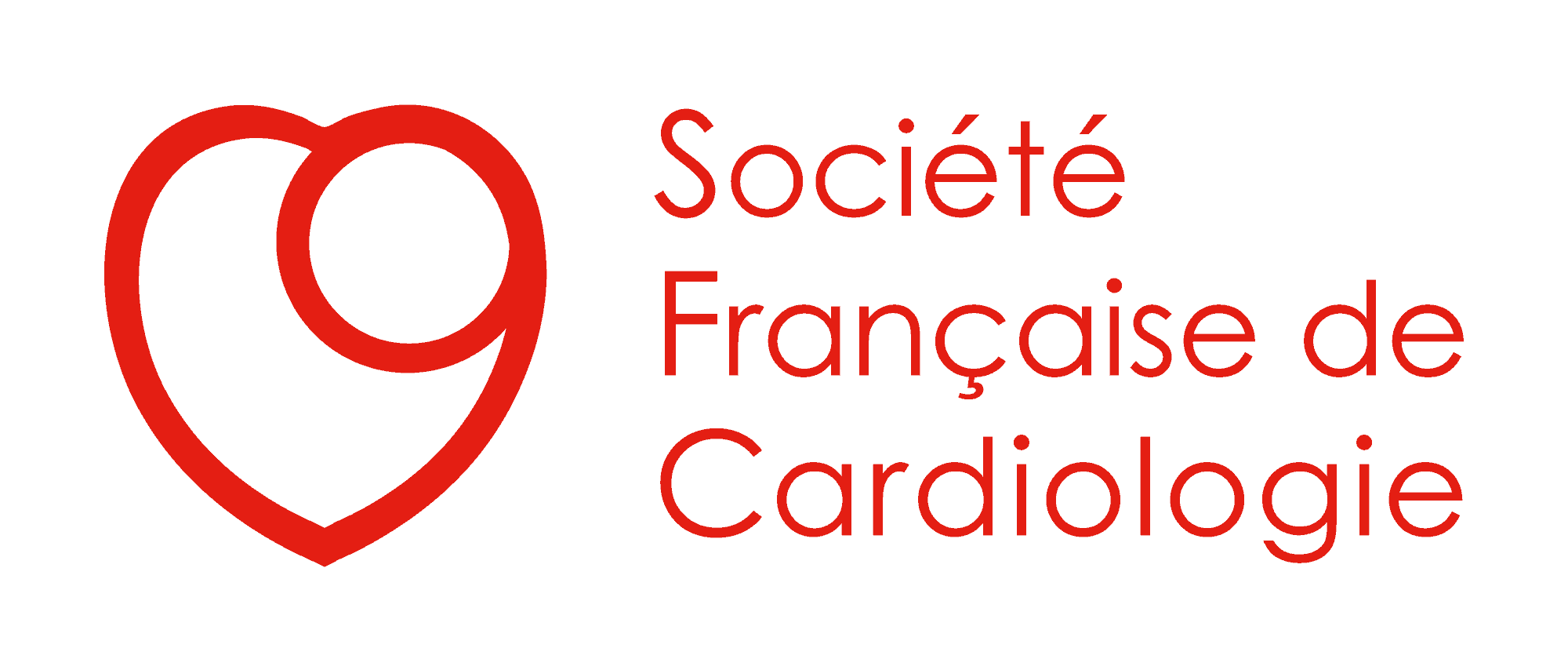Suivez-nous sur les réseaux sociaux !
Retrouvez les articles immanquables des Archives of Cardiovascular Diseases, revue scientifique mensuelle en anglais de notoriété internationale.
Voici un aperçu rapide des sujets abordés dans cette publication :
Dernières publications
Publications
Design and preliminary results of FRENSHOCK 2016 : A prospective nationwide multicentre registry on cardiogenic shock
Voici un aperçu rapide des sujets abordés dans cette publication :
Archives of Cardiovascular Diseases | Article du mois – Mai 2019
Clément Delmas, Etienne Puymirat, Guillaume Leurent, Meyer Elbaz, Stéphane Manzo-Silberman, Laurent Bonello, Edouard Gerbaud, Vincent Bataille, Bruno Levy, Nicolas Lamblin, Eric Bonnefoy, Patrick Henry, François Roubille, for the FRENSHOCK investigators
Summary
Background
Most data on the epidemiology of cardiogenic shock (CS) have corne from patients with acute myocardial infarction admitted to intensive cardiac care units (ICCUs). However, CS can have other aetiologies, and could be managed in intensive care units (ICUs), especially the most severe forms of CS.
Aims
To gather data on the characterist ics, management and outcomes of patients hospital ized in ICCUs and ICUs for CS, whatever the aetiology, in France in 2016.
Methods
We included all adult patients with CS between April and October 2016 in metropoli tan France. CS was defined (at admission or during hospitalization) by: low cardiac output , defined by systolic blood pressure < 90 mmHg and / or the need for amines to maintain sys tolic blood pressur e > 90 mmHg and/or cardiac index < 2. 2 L/min/m2; elevation of the left and / or right heart pressur es, defined by clin icat, radiological, biological, echocardiographic or invasive haemodynamic overload signs; and clinicat and / or biological signs of malperfusion (lactate > 2 mmol/L, hepatic insufficiency, renal fail ure).
Results
Over a 6-month period, 772 patients were included in the survey (mean age 65. 7 ± 14.9 years; 71.5% men) from 49 participating centres (91.8% were public, and 77. 8% of these were university hospital s). lschaemic trigger was the most common cause (36. 3%).
Conclusions
To date, FRENSHOCK is the largest CS survey; it will provide a detailed and comprehensive global description of the spectrum and management of patients with CS in a high-income country.
© 2019 Elsevier Masson SAS. All rights reserved.
Partagez cet article :
Partagez cet article :
Written by : SFC
Plus de publications de la SFC

CARDIOLOGIE PÉDIATRIQUE Three-dimensional echocardiography in adults with congenital heart disease: a scientific statement of [...]

Archives of Cardiovascular Diseases | Juin 2025 Consensus document from the Group Exercise Rehabilitation [...]



